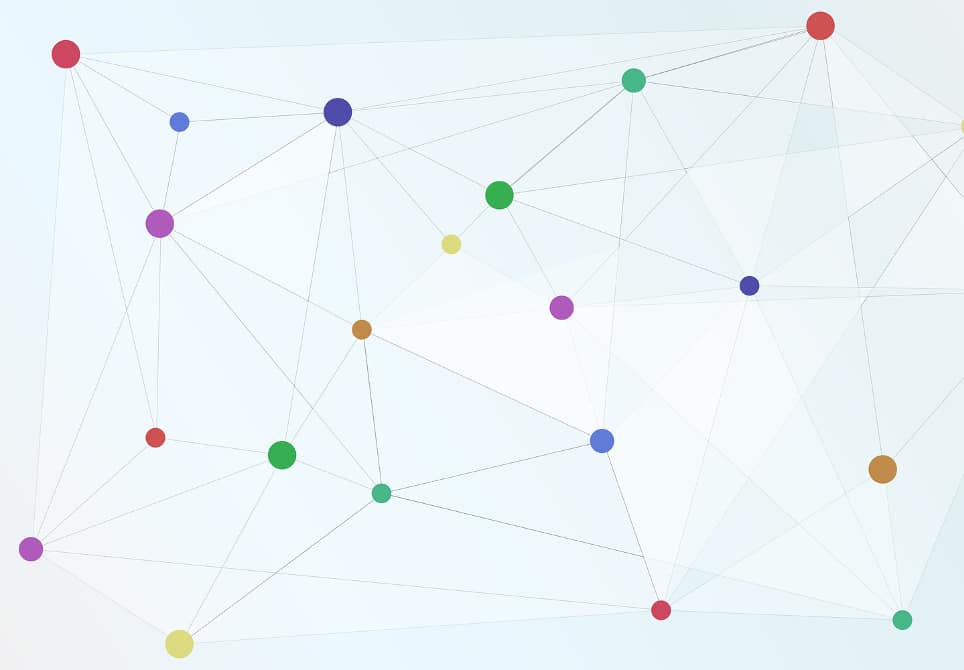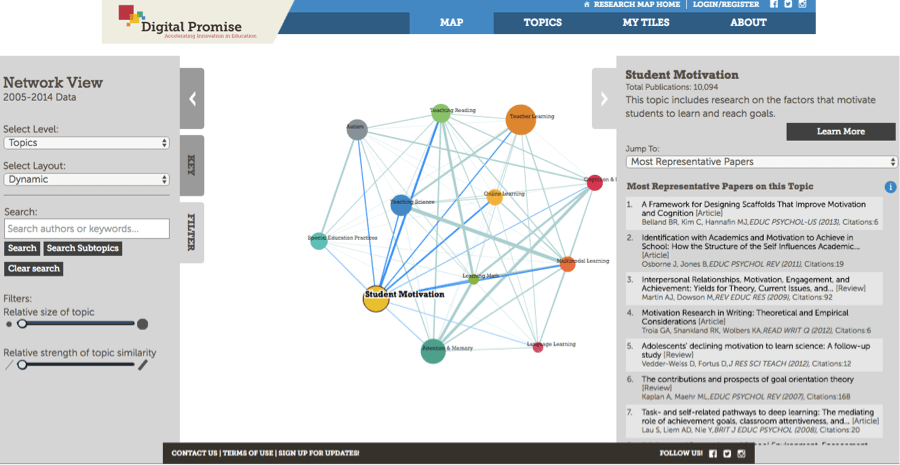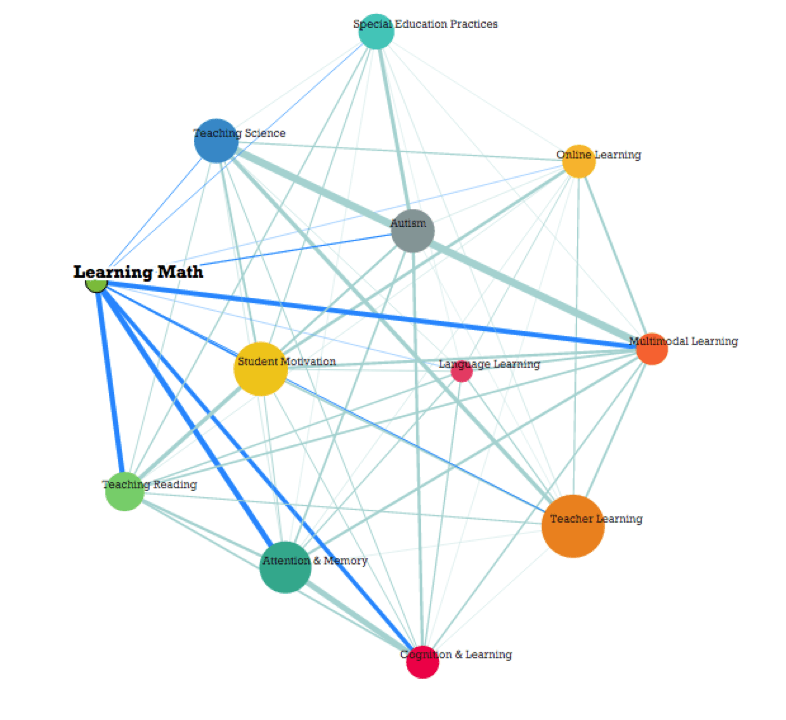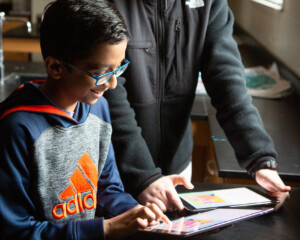Making Education Research Available to All

By Karen Cator
Every year, researchers in education and the learning sciences publish thousands of articles offering valuable insights into how people learn and how education programs and products can be improved to better serve all students.
Unfortunately, much of this knowledge is often inaccessible to those who can actually apply it in practice: educators and ed-tech entrepreneurs seeking to make effective learning tools and programs. Many research articles are buried in fee-based journals and are written in academic language that is difficult to understand and apply to real-world learning environments and tools.
Given these barriers, busy educators and developers have difficulty finding and interpreting studies that are relevant to their work. This results in missed opportunities to make better decisions and design stronger programs and products.
Thankfully, there is a movement in the research community to make findings more freely available, and to present them in formats that are easier to understand. Open-access journals, including the American Educational Research Association’s AERA Open, are promising steps toward breaking down article paywalls. Additionally, organizations are stepping up to share relevant research findings with non-academic audiences.
 Digital Promise is addressing this need through its interactive Research Map tool, which serves as a starting point for education stakeholders to become more familiar with the research that is available. The tool offers two visualizations of the research landscape, built using data from nearly 100,000 journal articles in education and learning sciences. Users can learn about areas of study in these fields, along with important keywords, highly cited authors and some of the most representative papers in 12 high-level research topics and 138 subtopics.
Digital Promise is addressing this need through its interactive Research Map tool, which serves as a starting point for education stakeholders to become more familiar with the research that is available. The tool offers two visualizations of the research landscape, built using data from nearly 100,000 journal articles in education and learning sciences. Users can learn about areas of study in these fields, along with important keywords, highly cited authors and some of the most representative papers in 12 high-level research topics and 138 subtopics.
There are also free, easy-to-understand research summaries that outline key findings on topics relevant to education program and product development. Moving forward, I hope members of the education and research communities will send in additional articles and examples of how they apply research, so the map can become a comprehensive resource.
 The Research Map complements the work of several other organizations, including Getting Smart, Edutopia, Footnote, Harvard Usable Knowledge, KQED MindShift and the Department of Education’s What Works Clearinghouse. Together, these organizations partner with the research community to share knowledge with the public and make it easier to create “smarter” programs and products in education.
The Research Map complements the work of several other organizations, including Getting Smart, Edutopia, Footnote, Harvard Usable Knowledge, KQED MindShift and the Department of Education’s What Works Clearinghouse. Together, these organizations partner with the research community to share knowledge with the public and make it easier to create “smarter” programs and products in education.
I routinely meet with successful education leaders and ed-tech developers across the U.S. and can attest to the fact that the leaders who are most successful in creating powerful learning opportunities are those who make decisions informed by both basic research and solid data.
For example, San Francisco Unified School District has been collaborating with researchers from Stanford University since 2009 to conduct research projects that address educators’ key questions and align with the district’s mission. On the product development side, the Department of Education recently announced recipients for small business innovation research (SBIR) grants; these companies are required to have strong research and development capabilities in order to be considered for funding.
No one questions the need for more “evidence-based” practices in education. But in order for this to happen, we must advocate for free access to research knowledge. Tools such as open-access journals, accessible research summaries and our Digital Promise Research Map make it easier for all of us to bring the best knowledge to bear as we seek to ultimately improve learning outcomes for all students.
For more from Digital Promise, see:
Karen Cator is President & CEO of Digital Promise. Follow her on Twitter: @kcator.
Stay in-the-know with all things EdTech and innovations in learning by signing up to receive the weekly Smart Update.





0 Comments
Leave a Comment
Your email address will not be published. All fields are required.